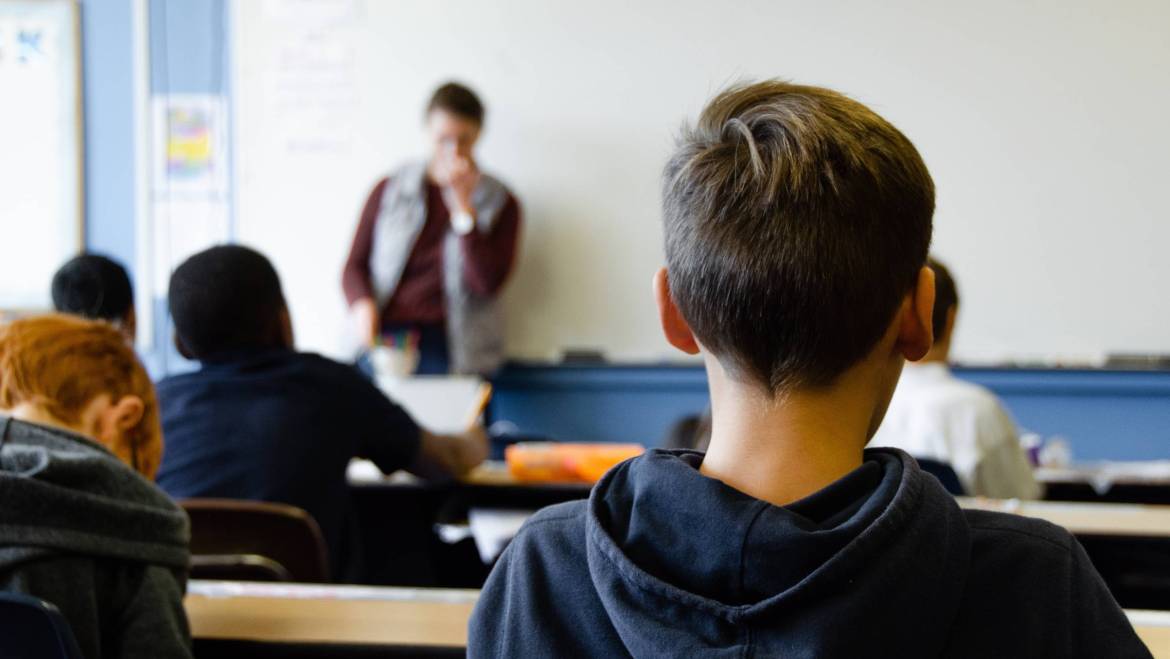Marijuana Legalization and Teen Usage Concerns
As the national landscape on marijuana legalization evolves, Ohio has recently joined the ranks as the 24th state to legalize its use. While this change brings forth new perspectives on the plant’s medicinal and recreational uses, it also raises concerns about its potential impact on teen usage. As a community, it’s crucial to be informed and proactive in addressing this shifting dynamic.
Understanding the Risks
Prevention starts with knowledge, and it’s essential for parents to comprehend the potential risks associated with teen marijuana use. The Centers for Disease Control and Prevention states that the adolescent brain is particularly vulnerable, with potential consequences on cognitive development and mental health. Early use has been linked to issues such as memory impairment, decreased academic performance, and an increased likelihood of substance use disorders later in life.
Parental Role in Prevention
Your role as a parent is pivotal in steering your teen away from the potential pitfalls of marijuana use. Open communication is key to ensuring that your teen understands the risks and consequences associated with marijuana, both from a health and legal perspective. Set clear expectations and boundaries, reinforcing the importance of making informed decisions.
Ohio’s Approach to Regulation
With Ohio now in the mix of legalized states, it’s important for parents to be aware of the specific measures in place to protect teens. Understanding the regulations surrounding the sale, distribution, and use of marijuana can empower you to have informed conversations with your teen. The Ohio Department of Commerce Non-Medical Cannabis FAQ website provides more information on these topics. Ohio’s governor has stated that regulations will be put in place to help protect youth from marijuana advertising and edibles, however with legalization being so recent these policies still need to be implemented.
The Role of Education
Schools and communities can contribute significantly by implementing programs, like Drug Free Clubs of America, that address the realities of marijuana use. These initiatives should focus not only on the potential risks but also on dispelling myths and misinformation surrounding marijuana. By fostering a culture of informed decision-making, we empower our teens to make health choices.
Spotting Red Flags
Being proactive means staying attuned to potential red flags indicating marijuana use. Keep an eye out for changes in behavior, academic performance, and social circles. If you notice signs of concern, engage in open and non-judgmental conversations with your teen. Establishing trust is vital for addressing issues early and effectively.
Collaborative Efforts for Prevention
Prevention is a community effort. Collaborate with schools, community organizations, and law enforcement to create a supportive network. Share experiences and insights with other parents to foster an environment where everyone is actively involved in keeping our teens safe and informed. Drugs Free Clubs of America is a proven system that is working to protect teens from the dangers of drug and alcohol use and help equip them with the knowledge and tools they need to make healthy choices.
In this era of changing marijuana laws, communities must remain vigilant and proactive in preventing teen marijuana use. Ohio’s recent legalization serves as a reminder that the conversation around marijuana is ongoing and dynamic. Parents can confidently navigate these highs and lows by staying informed, fostering open communication, and engaging in collaborative prevention efforts.
Drug Free Clubs of America is on a mission to reduce the impacts of drug use amongst our youth. Across the nation, drug and alcohol use is on the rise among teens. We provide students with practical tools and techniques to navigate peer pressure and choose a healthy lifestyle. Partnering with schools and communities, we offer preventative programming to meet students where they are. Through randomized drug testing, educational resources, a positive outlet, and a supportive community, we are changing school cultures and reducing alcohol, marijuana, vaping, and other detrimental activities among our members and the entire school body. Drug Free Clubs of America has over 7,000 active student and faculty/staff members and Clubs in over 50 schools in Ohio, Kentucky, West Virginia, and California.




Add Comment